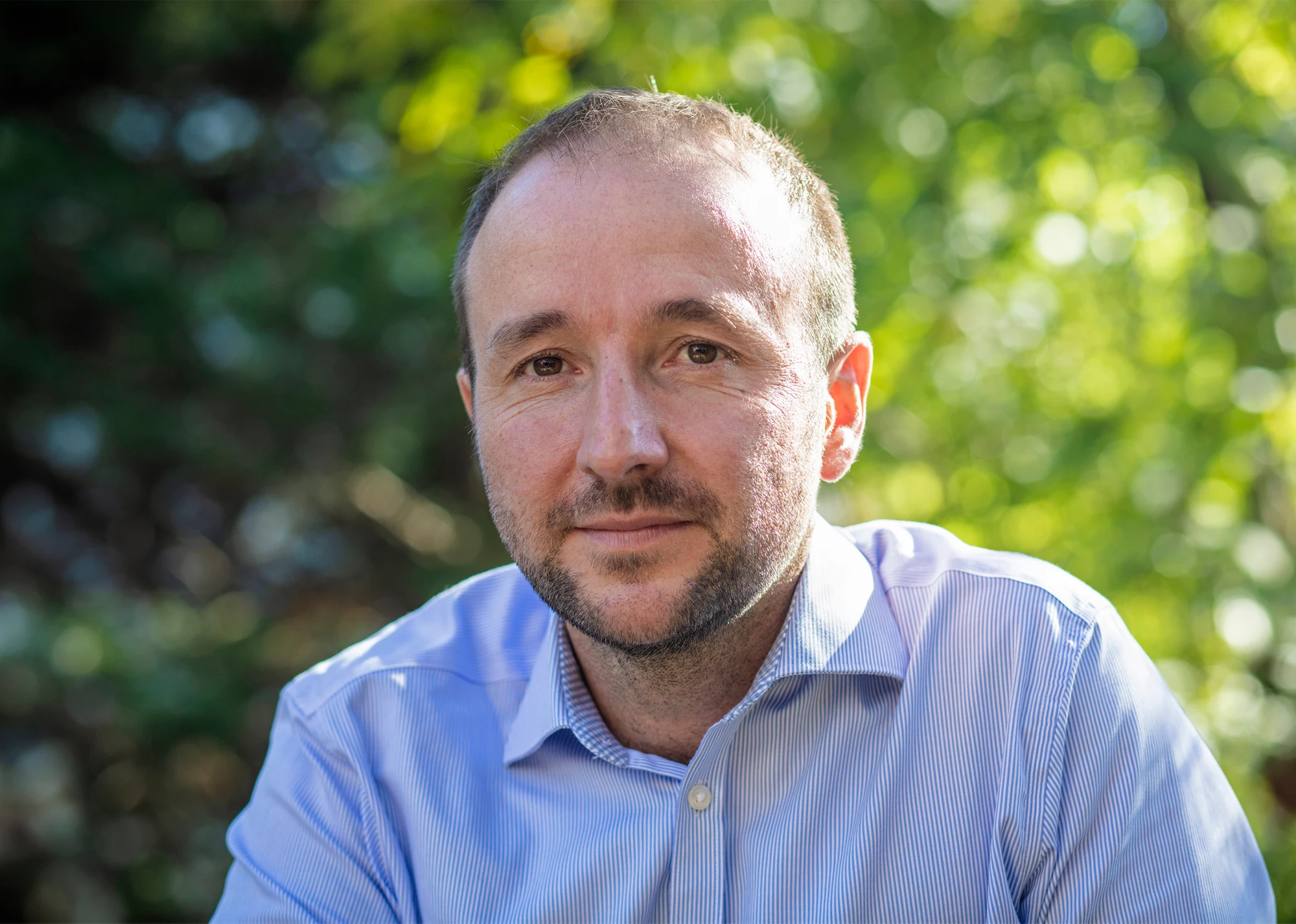
In 2018, after 3 years of droughts, the city of Cape Town in South Africa faced severe water shortages. Dam reservoir capacity had dropped to critical levels and the city was fast approaching “Day Zero” of no water availability. Desalination, new dams, strict water usage limits – all solutions were on the table.
Solving the water crisis in Cape Town required a variety of activities, including gray infrastructure, behavioral change, pricing changes, and a massive communications campaign. Among all these approaches, one important contribution was surprising: the removal of invasive plant species. A timely assessment by the city government had revealed that invasive plants and trees were reducing water supply in the catchment by around 55 billion liters of water annually, the equivalent of 22,000 Olympic swimming pools. Removing these species was estimated to be around 5 times more cost effective, per liter saved, compared to physical (or “grey”) infrastructure solutions such as new dams. Additional benefits from control of invasive species would include the return of unique native plant species, reduced wildfire risk, improved soil health and support for aquatic biodiversity.
In response, the Greater Cape Town Water Fund was formed to pool resources from the public and private sectors to invest in removing invasive species to the catchment. After a successful pilot phase, resulting in over 34 billion liters per year being restored back into streams, partners are currently exploring ways to raise commercial finance for long-term investment in nature-based solutions, such as via a dedicated bond. This was part of a broader effort by the city to improve water security, which also included critical efforts to manage demand and augment groundwater supplies.
The Cape Town example is one of many case studies explored in a new report – Financing Climate Adaptation and Nature Based Infrastructure, which PPIAF developed in collaboration with the Global Facility for Disaster Reduction and Recovery (GFDRR). Drawing on infrastructure projects from across the globe, the report explores how different financing and cost recovery solutions have successfully mobilized private sector participation and investment to address the growing risks of flooding, droughts, storm surges and heatwaves.
Around 1.2 billion people—roughly one-fifth of the global population—are at high risk from extreme weather events, threatening infrastructure, jobs, and human life. Emerging and developing economies are particularly vulnerable, given their structural exposure to climate change. In this context, nature loss is accelerating, undermining the natural buffer provided by ecosystems such as forests, mangroves, and coral reefs. Investments in nature-based solutions for flood management, coastal resilience and drought therefore offer a potential win-win: restoring nature while building resilience.
Financing and Cost Recovery
The need is clear, but finding the money to invest in and pay for such projects remains the major challenge for emerging markets and developing economies facing serious fiscal constraints. However, innovative financing solutions provide an answer for funding infrastructure projects of a public nature, such as flood or coastal defenses. While this remains a nascent space, the PPIAF report identifies these important solutions that enable investment into adaptation and nature-based infrastructure. Here is a snapshot:
Targeted fees or taxes: In cases where infrastructure directly benefits identifiable users, revenue can often be generated through targeted fees or taxes. For example, the Quintana Roo Coral Reef Restoration Project in Mexico was indirectly financed by hotel owners via tourism taxes. The project uses parametric insurance that links restoration investments to extreme weather events, and provides a viable model to generate infrastructure revenue.
Government Pays: For major public works projects where special taxes aren’t economically or politically feasible, governments serve as the primary source of funds. For instance, for the As-Samra Wastewater Recycling Plant in Jordan, the government provided the primary revenue source, or raised the financing through capital markets, such as the Belize Blue Bonds for Ocean Conservation and the Netherlands’ Delta Program.
Land Value Capture: While still nascent in emerging and developing contexts, climate adaptation and nature-based infrastructure can increase nearby property values, creating opportunities for governments and private developers to capture this added value to justify their investments. The Msimbazi Basin project in Dar es Salaam, Tanzania – while still in the early stages of implementation – is a good example of an urban regeneration project that will combine green space, as a buffer against floods, with commercial and affordable housing, which will raise revenues to offset the cost of the project.
Climate-Related Funding: Finally, in some cases, projects have been successful in generating revenues for nature-based solutions by monetizing positive outcomes through mechanisms such as carbon credits. For example, The Vida Manglar Blue Carbon Project in Colombia is strengthening coastal resilience via mangrove restoration, resulting in the sale of carbon credits on the voluntary market, illustrating how projects can generate revenue for nature-based solutions by monetizing positive outcomes.
These alternative models make it possible to mobilize private finance for capital investments, reducing the strain on limited public resources. But, this is just a taste—the report also covers other options, including capital market instruments, such as municipal bonds or green bonds, corporate own-source financing, and public and donor finance, including grants and concessional funding.
The Need for a Supportive Enabling Environment
While much can be achieved through innovative project-level solutions, the report also points to the importance of regulations, governance, capacity, and data. This is reinforced by the fact that many of the successful examples come from developed economies where the financial sector and public administration are sufficiently developed to support the types of capital markets instruments, new tax revenues, and long-term PPP structures. While the examples above from emerging and developing economies provide grounds for optimism, concerted efforts are needed to scale private investment in these areas, and as such this will remain a priority focus area for PPIAF over the years to come.




Join the Conversation